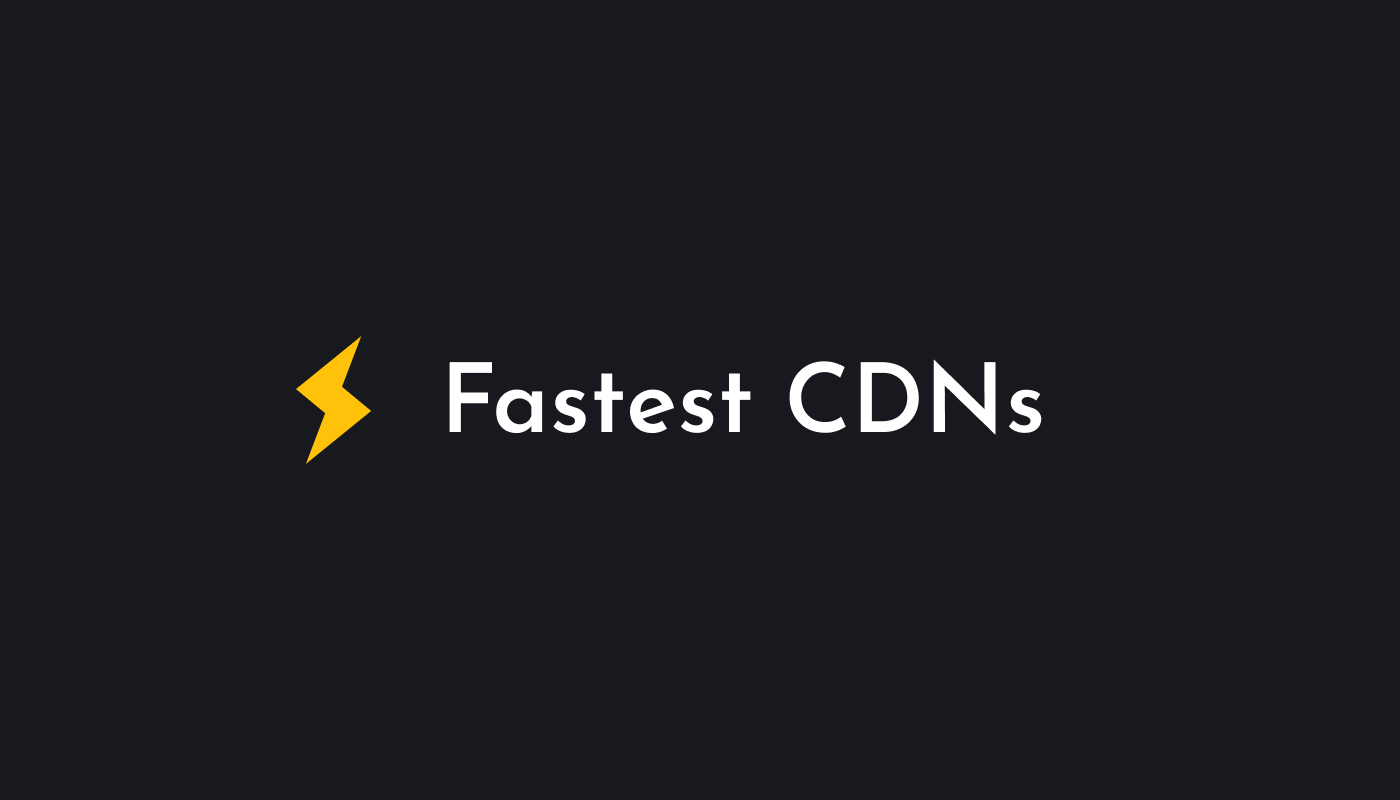Which CDN is Best and Fastest?

Whenever you read a piece of content on the topic of Web Performance Optimization, you'll often find a recommendation to add a CDN.
But there are plenty of CDN Providers out there and choosing the best one can be tricky. Moreover, you'll find plenty of biased advice online that is sponsored by the CDN Providers.
To avoid falling into those pitfalls, we will be relying on actual CDN Benchmarks instead.
What does a CDN do?
A CDN distributes your website resources throughout the globe on their POPs (Point of Presence). When a user opens your website, the content is delivered from the CDN's nearest POP instead of your origin server. This in turn reduces the round trip time resulting in lower TTFB. A lower TTFB makes your website load faster and improves Core Web Vitals. To learn more about reducing TTFB, you can check the following article: How to Reduce Server Response Time.
How to find the fastest CDN?
Some of the metrics that can be used to judge a CDN Performance are Query Speed and TTFB (Time to First Byte).
While TTFB helps you identify the time taken by CDN to deliver the first byte of content, Query Speed refers to the time taken to deliver the entire resource to the user. Both the metrics are important and a CDN with a good TTFB can have a bad query speed and vice versa.
Query speed is a more relevant metric when the resource size is higher (such as streaming videos or downloading large files) while TTFB is a more relevant metric to measure CDN Response times in the context of Web Browsing where there are a ton of small files as CSS, Scripts, and Fonts.
We rely on TTFB Data to benchmark CDN Performance. This data is obtained using the tests performed on SpeedVitals TTFB Tool.
The CDN Performance Rankings
At the time of writing this article, these are the current CDN Rankings. This data is sourced from our CDN Performance Checker. To view the updated data, visit the above link.
| Rank | CDN Name | 75th Percentile TTFB (Cache Hits) | 75th Percentile TTFB (All Cache Status) |
|---|---|---|---|
| #1 | Quic.cloud | 109ms | 348ms |
| #2 | fly.io | 116ms | 693ms |
| #3 | Akamai | 134ms | 370ms |
| #4 | Fastly | 157ms | 461ms |
| #5 | BunnyCDN | 215ms | 472ms |
| #6 | Cloudfront | 219ms | 672ms |
| #7 | Cloudflare | 284ms | 612ms |
| #8 | Sucuri | 338ms | 1290ms |
| #9 | Vercel | 351ms | 510ms |
| #10 | CDN77 | 382ms | 512ms |
Our Recommendation
Our CDN Rankings are based on the data of tests performed by actual users and it is very accurate in representing the TTFB Performance of CDNs.
However, our TTFB Test is still a lab test performed under a controlled environment. It may give an apples-to-apples comparison of different CDNs under controlled settings but may not accurately represent the TTFB being experienced by the real-users. Real-world performance can only be determined using RUM (Real-user Monitoring).
Apart from the Global CDN Performance, you should also look at region-wise performance particularly if your website users belong to only a few geographical locations.
Lastly, performance should not be your only criteria when choosing a CDN Provider. You should also look at other features that would be useful for your website. We currently use Cloudflare as our CDN because it is feature-packed and includes DNS Management, Web Application Firewall, and other key features under a single dashboard.
Akamai, Fastly, and Cloudfront are great options as well. They not only have a high number of POPs but are rich in features and deliver exceptional performance.
